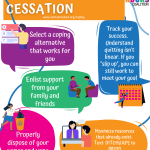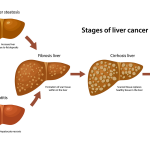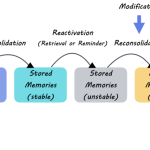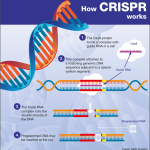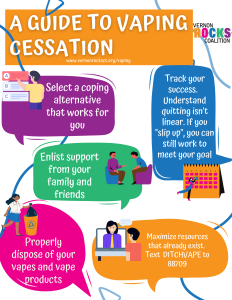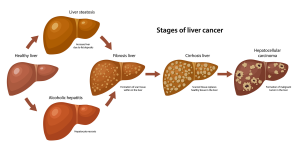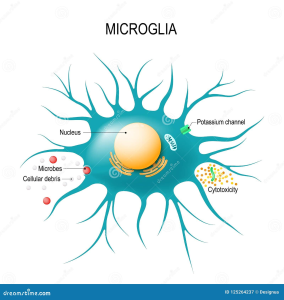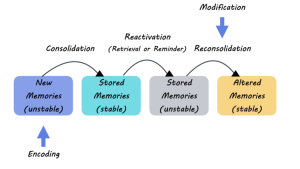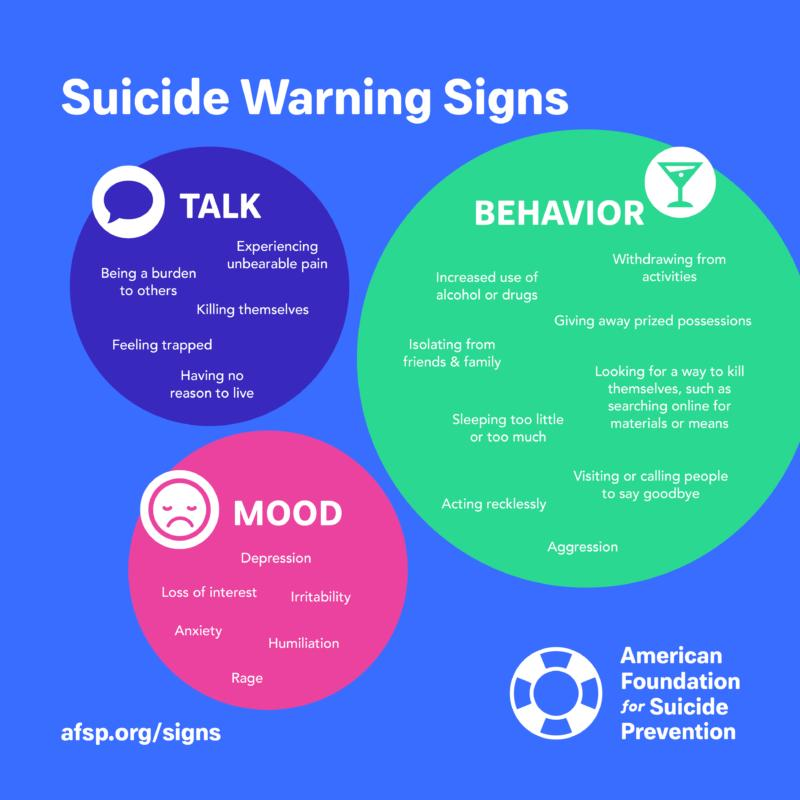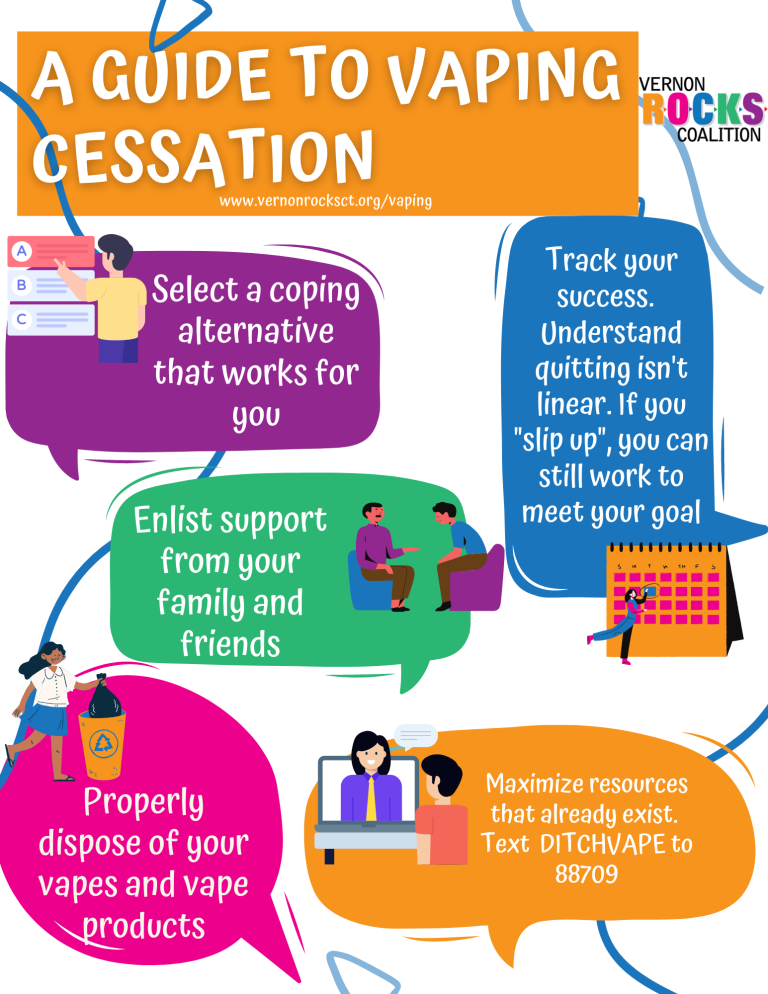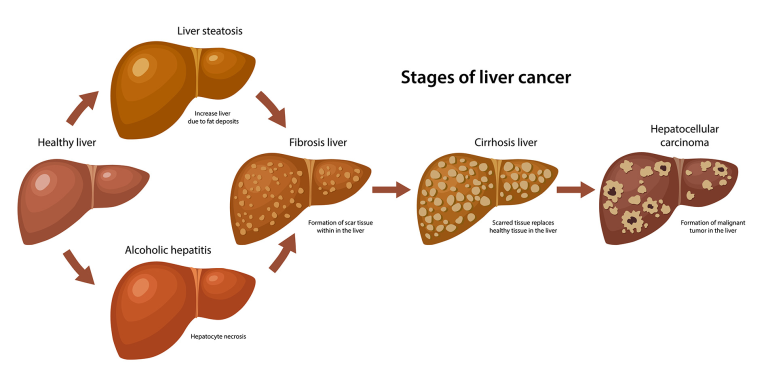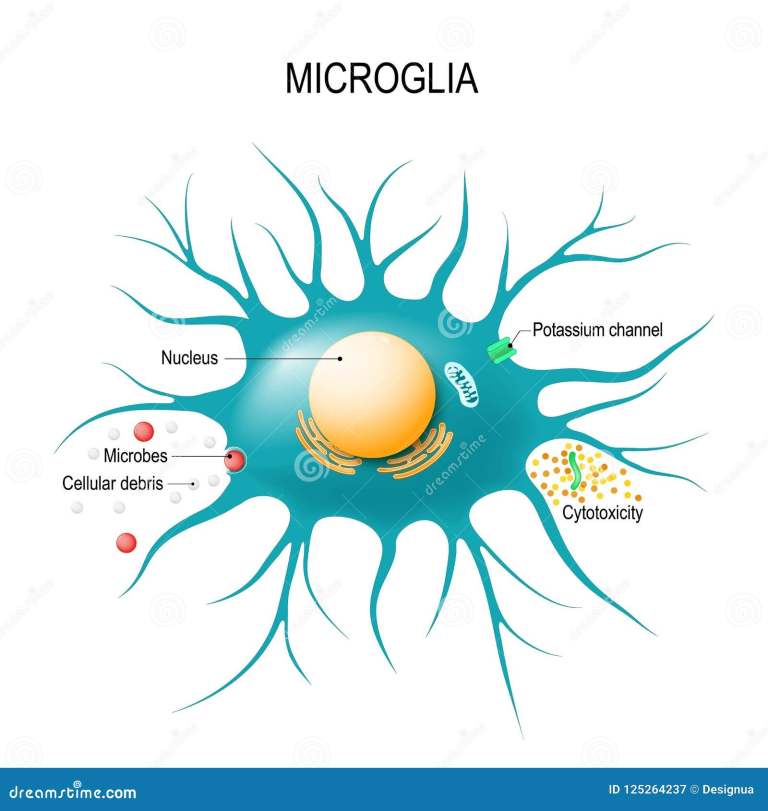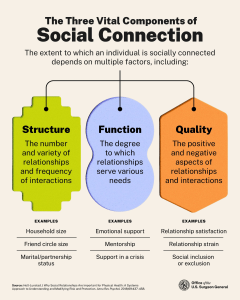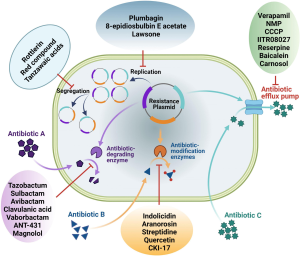Suicide prevention for older adults is a critical yet often overlooked aspect of mental health care. Alarmingly, older adults, especially those aged 75 and above, face the highest suicide rates of any demographic, a trend exacerbated by social isolation and insufficient resources. A recent study highlights that national organizations dedicated to suicide prevention frequently neglect to provide accessible support tailored for this vulnerable group. This imbalance calls attention to the pressing need for enhanced awareness and resources within geriatric psychiatry, particularly as many seniors are increasingly seeking help online. With targeted online resources for seniors lacking, it’s essential to develop comprehensive suicide prevention strategies that effectively address the mental health challenges faced by older adults.
Addressing the issue of suicide among senior populations—often referred to as elderly suicide prevention—requires a nuanced understanding of the vulnerabilities facing the geriatric demographic. Individuals aged 75 and older not only represent a segment with skyrocketing suicide rates but also deal with unique challenges like loneliness and inadequate access to mental health services. Research indicates a significant gap in online resources dedicated to supporting this age group, underscoring the need for dedicated campaigns targeting elderly mental health. By leveraging technology effectively, we can help connect older adults to the necessary support systems while acknowledging their specific needs. Therefore, it’s imperative to foster conversations and develop initiatives that protect and empower our aging population.
Understanding the High Suicide Rates Among Older Adults
The alarming statistic that older adults, particularly those aged 75 and older, have the highest rates of suicide among all age groups is a call to action for society. According to the Centers for Disease Control and Prevention (CDC), this demographic sees rates of approximately 20.3 suicides per 100,000 individuals. Factors such as heightened social isolation, underlying mental health issues, and a lack of adequate representation in mental health research contribute to the increasing risk. This discrepancy emphasizes the critical need for targeted mental health interventions that address the unique challenges this population faces.
Furthermore, systemic biases against the elderly often leave them underserved in terms of mental health resources. The increasing reliance of older adults on the internet for health information suggests a gap in the availability of suitable online resources that cater specifically to their needs. Addressing this gap is essential, as older individuals may not have the same digital literacy as younger populations. Improving accessibility to mental health resources designed specifically for older adults is crucial to reducing these suicide rates.
The Need for Tailored Resources in Suicide Prevention for Older Adults
Despite the evident need for effective suicide prevention strategies targeting older adults, many well-known national organizations fail to provide easily accessible resources. The study led by researchers at McLean Hospital highlights this disparity, revealing that older adults seeking help find scarce information tailored to their specific healthcare needs. This lack of targeted resources reflects a significant imbalance in public health messaging and resource allocation within the field of geriatric psychiatry and mental health.
To combat this issue, it is urgent for suicide prevention campaigns to evolve and incorporate features that directly address the mental health concerns of the elderly. These campaigns should not only acknowledge the high risk of suicidal behavior among older adults but also prioritize their mental health as a public health issue. By leveraging online platforms to distribute tailored prevention programming, organizations can ensure that seniors are equipped with the knowledge and support they require to navigate mental health challenges.
Leveraging Online Resources for Senior Mental Health
As older adults increasingly turn to the internet for health information, it is vital to ensure that the resources available are not only accessible but also tailored to their unique situations. Online resources can play a pivotal role in connecting older adults with essential mental health services, providing them with the information needed to understand and address their mental health conditions. This includes information on recognizing the signs of distress as well as avenues for seeking help, which could significantly reduce the rates of suicide in this vulnerable group.
Moreover, the design of these online platforms must consider the digital competencies of older adults, ensuring usability and accessibility. By making mental health resources user-friendly and easily navigable, organizations can help bridge the gap that currently exists between older adults and the assistance they need. Partnerships between tech companies and mental health organizations could also enhance the discovery and delivery of vital resources, thereby fostering a more supportive environment for elderly mental health.
The Role of Family and Caregivers in Suicide Prevention
Family members and caregivers play a crucial role in supporting older adults’ mental health, making it imperative for them to be equipped with the knowledge and tools necessary for recognizing signs of distress. Understanding that older adults may express suicidal thoughts differently than younger populations is essential. Caregivers need to be trained to identify subtle indicators of emotional pain or mental health issues, providing them with the capacity to respond effectively.
Moreover, promoting open dialogues around mental health within families can foster an environment where older adults feel comfortable discussing their feelings. When families are informed about the resources available for suicide prevention and elderly mental health, they can better advocate for their loved ones, thus fostering a supportive network that can significantly impact the mental well-being of older adults.
Addressing Loneliness as a Core Component of Mental Health for Seniors
Loneliness has emerged as a significant risk factor for depression and suicidal ideation among older adults, often exacerbating existing mental health challenges. Social isolation can stem from various factors such as bereavement, mobility challenges, or geographical distance from family. Recognizing loneliness as a serious mental health issue is imperative when addressing suicide prevention in seniors. Programs focused on reducing isolation can empower older adults to engage more fully with their communities, which can lead to improved mental well-being.
Community centers, social groups, and online platforms specifically designed for older individuals can play a vital role in combating loneliness. These initiatives should encourage social interaction and foster a sense of belonging, thereby serving as critical resources in suicide prevention. Increasing access to such programs not only promotes mental health but also ensures that older adults feel valued and connected, both of which can reduce suicide rates significantly.
Innovative Programs Targeting Elderly Mental Health Issues
Innovation in mental health programming is essential to effectively address the unique needs of older adults. Programs that incorporate elements such as telehealth services, community-based support groups, and mental health awareness campaigns specifically designed for the elderly can significantly augment existing resources. By leveraging technology in geriatric psychiatry, mental health practitioners can reach older clients who might face mobility challenges or prefer the comfort of their homes.
Additionally, utilizing successful models from other public health campaigns and adapting them for older adults can lead to the development of more effective strategies. Mental health organizations should prioritize research that not only focuses on prevention but also on the recovery of older adults. By investing in innovative programming and understanding the specific mental health issues facing seniors, it is possible to create a more supportive framework for addressing and preventing suicide in this demographic.
The Importance of Research in Elderly Suicide Prevention
Research plays a critical role in understanding the complexities surrounding suicide rates among older adults. Many conventional studies overlook the unique perspectives and experiences of this population, resulting in a lack of targeted information that could guide effective prevention efforts. By focusing on geriatric psychiatry research, researchers can uncover the underlying factors contributing to an increase in suicide rates among older adults and develop evidence-based interventions.
Furthermore, ongoing research can also inform public policy, leading to better funding for mental health programs focusing on late-life challenges. Collaborative studies involving interdisciplinary teams can enhance the understanding of older adults’ mental health issues, ensuring that resources are allocated effectively. Continued investment in this area will ultimately drive advancements in suicide prevention tailored for seniors, fostering a healthier and safer environment for them.
Advocacy for Elderly Mental Health Services
Advocacy is an essential component in promoting mental health services for older adults. Community leaders, healthcare professionals, and family members must unite to highlight the issues of mental illness and suicide rates facing this demographic. By raising awareness and educating the public about the unique mental health challenges that older adults face, advocacy efforts can lead to increased funding and resources targeted specifically at this vulnerable population.
Moreover, alliances between existing mental health organizations and community groups can amplify advocacy efforts. Public awareness campaigns that focus on elderly mental health can foster empathy and understanding, encouraging more individuals to take an active role in support initiatives. As advocates push for the implementation of effective mental health services, they can help eliminate the stigma associated with seeking help among older adults, thereby promoting a culture of acceptance and support.
Creating Support Networks for Seniors Facing Crisis
Establishing robust support networks is crucial for helping older adults who may be facing mental health crises. These networks can include a combination of family, friends, caregivers, and mental health professionals working in unison to provide a safety net for seniors. Effective communication among these groups is vital to ensure that any signs of distress are addressed promptly and compassionately. Training programs for caregivers and families should emphasize the importance of open discussions about mental health, ultimately creating a proactive approach to crisis management.
In addition, community initiatives aimed at facilitating connections among older adults can strengthen these support networks. Encouraging participation in group activities, educational workshops, and mental health seminars can help seniors build relationships while learning valuable skills. By fostering a sense of community and shared experience, support networks for older adults in crisis can provide the necessary components for healing and recovery.
Frequently Asked Questions
What are the key factors contributing to older adults’ suicide rates?
Older adults, particularly those aged 75 and above, face unique challenges contributing to elevated suicide rates, which are around 20.3 per 100,000 according to the CDC. Factors include social isolation, loneliness, mental health issues, and the underrepresentation of older adults in research. These issues highlight the need for focused suicide prevention strategies tailored to elderly mental health.
How can online resources assist with suicide prevention for older adults?
Online resources play a critical role in suicide prevention for older adults by providing accessible information on mental health, support networks, and crisis intervention services. However, a recent study indicates that these resources are scarce and not specifically tailored for this demographic, which underscores the urgent need for improved online resources for seniors focused on their distinct healthcare needs.
What are effective suicide prevention strategies for older adults?
Effective suicide prevention strategies for older adults should include tailored interventions such as targeted mental health campaigns, community support programs, and increased awareness of geriatric psychiatry. Additionally, improving access to resources, including online platforms where seniors can find help, is essential for addressing the unique needs of this population.
Where can I find online mental health resources for elderly suicide prevention?
Finding reliable online mental health resources for elderly suicide prevention can be challenging. It’s important to look for well-known organizations like the National Institute of Mental Health and local community health programs that provide specific resources for older adults. Advocating for improved visibility of these resources should be a priority for stakeholders addressing elderly mental health.
Why is geriatric psychiatry important in suicide prevention for older adults?
Geriatric psychiatry is vital in suicide prevention for older adults as it focuses on the unique mental health challenges faced by this age group. Professionals in this field are trained to understand the nuances of elderly mental health, enabling them to provide tailored interventions and support that address the underlying issues contributing to higher suicide rates.
What role does social isolation play in older adults’ suicide risk?
Social isolation significantly contributes to the suicide risk among older adults. It can lead to feelings of loneliness and depression, exacerbating mental health conditions. Recognizing and addressing the impact of social isolation is crucial for effective suicide prevention strategies aimed at promoting elderly mental health and well-being.
What steps can communities take to support older adults in crisis situations?
Communities can support older adults in crisis by implementing programs that promote social engagement, provide mental health resources, and raise awareness of the signs of suicidal behavior. Additionally, training community members to recognize and respond to mental health crises, along with enhancing access to geriatric psychiatric services, can significantly improve support for this vulnerable population.
How can family members help prevent suicide in older adults?
Family members can play a crucial role in preventing suicide in older adults by maintaining open communication, recognizing warning signs of mental health struggles, and encouraging them to seek professional help. Being supportive and actively involved in the elder person’s life can alleviate feelings of isolation and provide a sense of belonging, which is essential for their mental health.
| Key Point | Details |
|---|---|
| Older Adults at Risk | Adults aged 75 and older have the highest suicide rates, with rates of 20.3 per 100,000. |
| Lack of Resources | National suicide prevention organizations do not provide easily accessible resources for older adults. |
| Research Findings | A study by McLean Hospital highlights inadequate online resources targeting older adults seeking help. |
| Impact of Social Factors | Increased suicide rates may be attributed to social isolation, loneliness, and bias against older adults. |
| Need for Tailored Campaigns | There’s an urgent need for targeted suicide prevention campaigns that cater to older adults’ specific healthcare needs. |
| Call to Action | It is essential to increase funding and research on late-life suicide prevention to address disparities. |
Summary
Suicide prevention for older adults is critical, as this demographic faces the highest rates of suicide and the fewest resources to address their needs. Despite the growing recognition of the issue, there remains a significant imbalance in the accessibility of suicide prevention information designed for older adults. By enhancing online platforms with tailored campaigns and further research, we can target the unique challenges this age group faces and ultimately work towards reducing the alarming rates of suicide among our elderly population.
